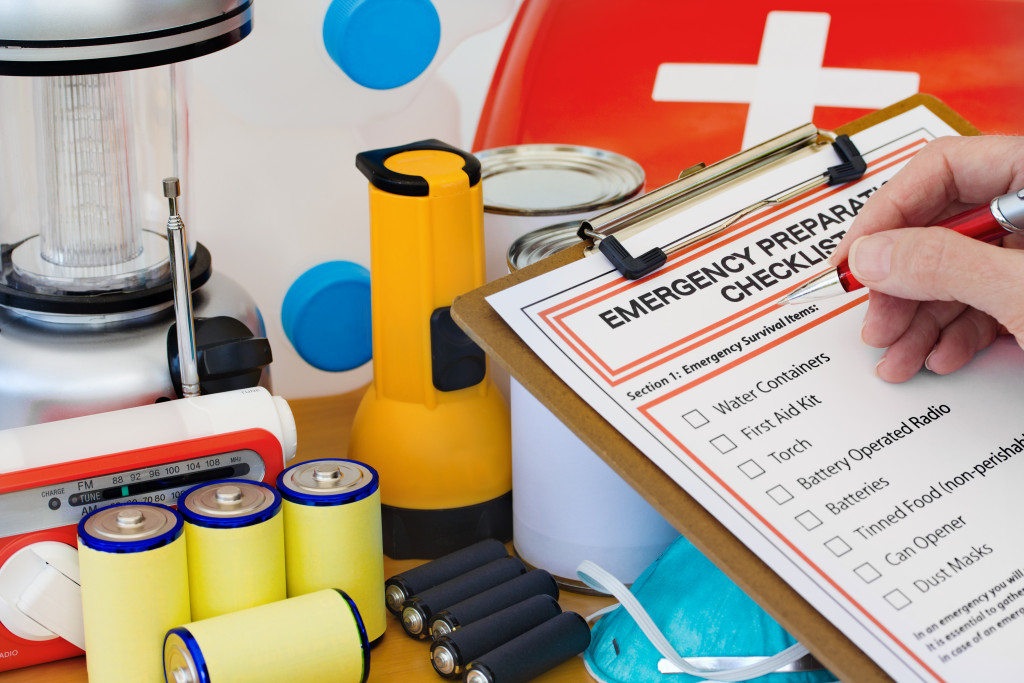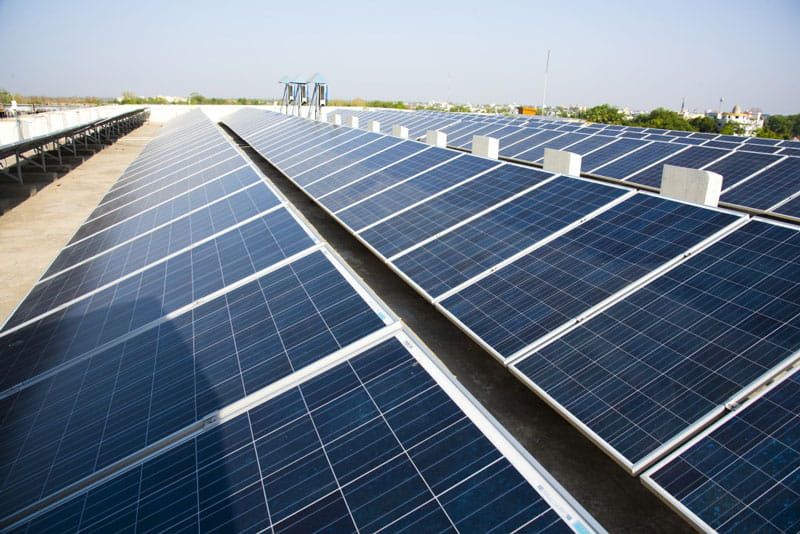- Research the water conditions and pay attention to warning signs/flags posted in the area.
- Teach your children to swim early and wear life jackets or other flotation devices near the water.
- Install fencing and safety features to prevent accidents.
- Apply a polyurea coating to protect outdoor surfaces from damage.
- Assemble an emergency kit, learn CPR and have a plan for emergencies.
Owning a waterfront home is a dream for many families, providing an opportunity to enjoy nature’s beauty and the water’s serenity. However, it’s important to keep safety in mind when living near bodies of water. This guide will share five tips to help families enjoy their waterfront homes safely.
1. Know the Water
Before jumping in, you must know the water you’ll swim in. This includes understanding the depth, temperature, and any currents or waves. Research the water conditions and pay attention to any warning signs or flags posted in the area.
Additionally, it’s important to be aware of any potential hazards, such as rocks, logs, or other debris hidden beneath the surface. You can minimize the risk of accidents or injuries by staying informed and cautious.
2. Teach Your Children Water Safety

Water safety should be a top priority for families with young children. Teach your children to swim early and ensure they understand the importance of wearing life jackets or other flotation devices when playing in or near the water.
Additionally, ensure your children understand the dangers of swimming alone or in unsupervised areas. Consider enrolling them in swimming lessons or hiring a lifeguard for additional safety.
Finally, teach children basic water safety rules. These include not diving in shallow waters, never running on wet or slippery surfaces, and understanding the dangers of rip currents. Explain to your children that they should never swim during a storm or after dark. Having this knowledge will help them stay safe while enjoying water activities.
3. Install Fencing and Safety Features
Installing fencing and other safety features can help prevent accidents and ensure that children and pets stay safe around the water. Consider installing a pool fence or a barrier around the perimeter of your property to keep young children from accessing the water without supervision.
Additionally, consider installing safety features such as alarms, pool covers, and motion detectors to alert you in case of any unexpected incidents.
4. Protect Your Property with Polyurea Coating
Waterfront homes are exposed to harsh environmental conditions, including saltwater, UV rays, and extreme weather. Consider applying a high-quality polyurea coating to your deck, dock, and other outdoor surfaces to protect your property from damage. Polyurea is a durable, waterproof coating that protects against water damage, corrosion, and UV rays. It can also improve traction and reduce the risk of slips and falls, making it an ideal choice for your waterfront home.
5. Be Prepared for Emergencies

Even with the best safety measures in place, accidents can still happen in your waterfront home. It’s important to be prepared in case of an emergency.
Here’s how you can be prepared for emergencies in your waterfront home:
Assemble an Emergency Kit
Having an emergency kit stocked with essential items can help you and your family remain safe and comfortable in an emergency. Make sure to include enough supplies for every member of your household, such as non-perishable food, water, medications, a battery-operated radio, flashlights and extra batteries, blankets, first aid kits, a whistle to signal for help, and any specialized items needed for infants or those with medical conditions.
Learn CPR
Knowing how to perform cardiopulmonary resuscitation (CPR) is important in any emergency situation where someone needs medical attention. Consider taking a basic first aid class to learn how to administer CPR properly.
Have a Plan
A well-defined plan before an emergency is essential for keeping everyone safe. This plan should include what to do in the case of severe weather, flooding, power outages and other common waterfront emergencies. Ensure everyone involved knows and understands the plan thoroughly, so they can act quickly if needed.
Stay Informed
Staying informed about local safety protocols and regulations is key to helping keep your family safe during an emergency situation. Ensure you know where to go for information regarding current crisis situations and any new laws or ordinances related to waterfront safety. Pay attention to weather forecasts and alerts from your local area so that you can make necessary preparations in an emergency.
In Summary
Living in a waterfront home can be a wonderful experience for families, providing a chance to enjoy the natural beauty of the water. However, it’s important to keep safety in mind at all times. By knowing the water, teaching your children water safety, installing fencing and safety features, protecting your property with polyurea coating, and being prepared for emergencies, you can enjoy your waterfront home safely and with peace of mind.




